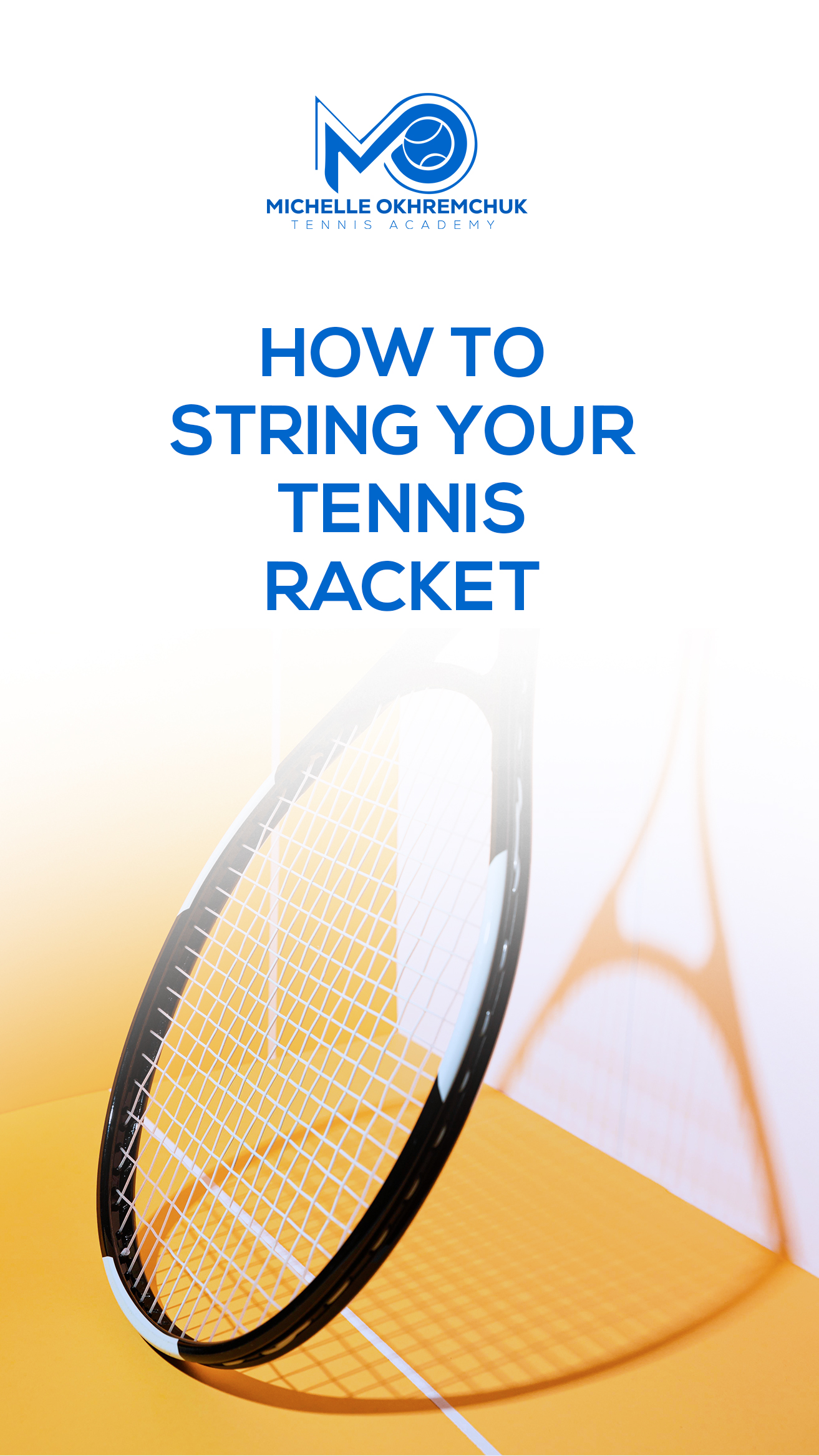Are you eager to master the art of stringing a tennis racket without the fear of damaging your valuable frame?
I’ve been down that road, and I understand your concerns. I vividly recall my first attempt at restringing a racket at home.
It seemed like a brilliant idea until I realized I had no clue what I was doing and ended up ruining one of my expensive rackets, wasting a small fortune in the process.
But fear not! After years of experience and learning from my mistakes, I’m here to guide you through the process of stringing a tennis racket the easy way.
This skill will not only save you time and money but also help you forge a stronger connection with your racket. So, let’s dive in!
Find the Right Stringing Machine
Many health clubs, sports stores, and tennis-centric venues offer stringing services, but those costs can add up quickly. Investing in your own stringing machine, like the budget-friendly Gamma X-2 with its 2-point mounting system and drop-weight tension, can be a wise choice if you play frequently. However, if you’re more of a casual player, it might be more practical to pay for restringing services as needed.
Select the Perfect Tennis String
Before you begin the stringing process, take your time to choose the right type of string for your needs. Consider factors like gauge level and tension rate, which are often indicated on the string package. These choices should align with your playing skills and court requirements. Once you’ve made these decisions, the rest of the process becomes straightforward.
Say Farewell to Old Strings
Now, it’s time to bid farewell to your old, faithful strings. Use a pair of string cutters or, if you don’t have those, utility scissors will suffice. Carefully cut the main strings in the middle section, taking precautions not to injure yourself or damage the frame’s grommets.
Measure and Cut the New String
Measure out 35 to 40 feet of new string from a spool, which should be sufficient for most standard racquets. It’s better to have a bit extra than to come up short during the stringing process. After your first stringing experience, you can fine-tune the length to match your specific racquet.
Prepare the Racket and String
Most local tennis clubs offer stringing machines for free use, or you can rent one from a sports shop. When preparing the string, ensure you measure it according to your racquet’s size. Larger frames will require more string length. It’s better to cut off more initially and trim the excess than to run out of string mid-process.
Choose Your Stringing Pattern
Typically, the stringing pattern is included in the racquet’s package instructions or can be found online if you can’t locate it. The standard patterns are open 16×19 or dense 18×20. Knowing the pattern helps you determine the right string length.
Decide on One or Two-Piece Technique
Stringing a tennis racket can be done using either a one or two-piece technique. The one-piece method uses the same strings for both mains and crosses, while the two-piece method involves two different sets of strings. The one-piece technique is favored for better tension retention and longevity, making it a solid choice for beginners.
Mount the Racket on the Stringing Machine
Secure your racket onto the stringing machine, ensuring it’s held firmly in place. The machine’s design will guide you on positioning the racket’s head and handle. Tighten the clippers to prevent any movement during the process, as loose clippers could damage the strings or compromise tension.
Set the Tension
Consider the recommended tension rate indicated on the string package, adjusting it to align with your playing preferences. Lower tension can enhance power, while higher tension offers more control and spin. The machine will emit a signal when the strings are pulled to the correct tension.
String the Mains
Start with the main strings, threading them through the grommets from the head to the throat of the racket. Use a marker to mark the end of the string for reference if you’re using the one-piece technique. Ensure the main knots are tied precisely to maintain their shape.
String the Crosses
Now, it’s time to string the cross-sided frame. For the one-piece technique, use the same strings as the mains and thread them through the cross-grommets. For the two-piece technique, locate suitable holes and begin threading. Regardless of your chosen method, always thread from left to right.
Knot the Cross Strings
To complete the process, knot the cross strings as you did with the mains. Find a suitable spot on the frame for a secure knot. You may need to widen the hole with scissors if necessary. After knotting, release the tension rod and trim the excess string length.
Finally, remove the racket from the stringing machine, thoroughly inspect it for any potential damage, and dispose of the excess strings. You’re now ready to enjoy your freshly strung racket.
Conclusion
Mastering the art of stringing a tennis racket is a valuable skill that can save you time and money while enhancing your connection with your trusty racquet.
While it may seem daunting at first, with the right guidance and practice, you can become proficient in this essential aspect of tennis maintenance.
Remember to invest in a suitable stringing machine that aligns with your playing frequency, choose the right tennis string that complements your skills, and follow the recommended stringing pattern.
By following the step-by-step process outlined in this guide and taking the necessary precautions, you can restring your tennis racket with confidence.
Say goodbye to the anxiety of damaging your frame and embrace the satisfaction of a perfectly strung racket. Happy stringing and happy playing!


